Exotic particles, fusion-device ashtrays and lunar missions Understand article
Science in School is published by EIROforum, a collaboration between eight of Europe’s largest inter-governmental scientific research organisations (EIROs). This article reviews some of the latest news from the EIROs.
CERN: Exotic quark arrangements
One of the four experiments in CERN’s Large Hadron Collider is LHCb, set up to help us understand what happened in the immediate aftermath of the Big Bang – what are the slight differences between matter and antimatter, and how did the matter in our Universe escape annihilation? LHCb does this by studying a type of particle called the beauty quark and its antimatter counterpart, the anti-beauty quark. LHCb’s detectors also enable scientists to search for rare and unstable combinations of quarks.
The Standard Model of particle physics describes quarks being bound together by the strong interaction to form hadrons: either quark-antiquark pairs or three quarks. The strong interaction is transmitted from one quark to another via messenger particles known as gluons, and is predicted to be so strong as to prevent quarks existing in an unbound state. Since 2014, however, LHCb has observed particles with four quarks (tetraquarks) and even five quarks (pentaquarks), known as exotic particles. Furthermore, under conditions of extremely high energy, quarks and gluons have in fact been shown to exist freely in a plasma. By investigating both the plasma and exotic particles with LHCb, scientists hope to shed light on the nature of the strong interaction and the processes by which matter interacts.
To learn more about LHCb, see:
Landua R (2008) The LHC: a look inside. Science in School 10: 34-45.
Based in Geneva, Switzerland, CERN is the world’s largest particle physics laboratory.
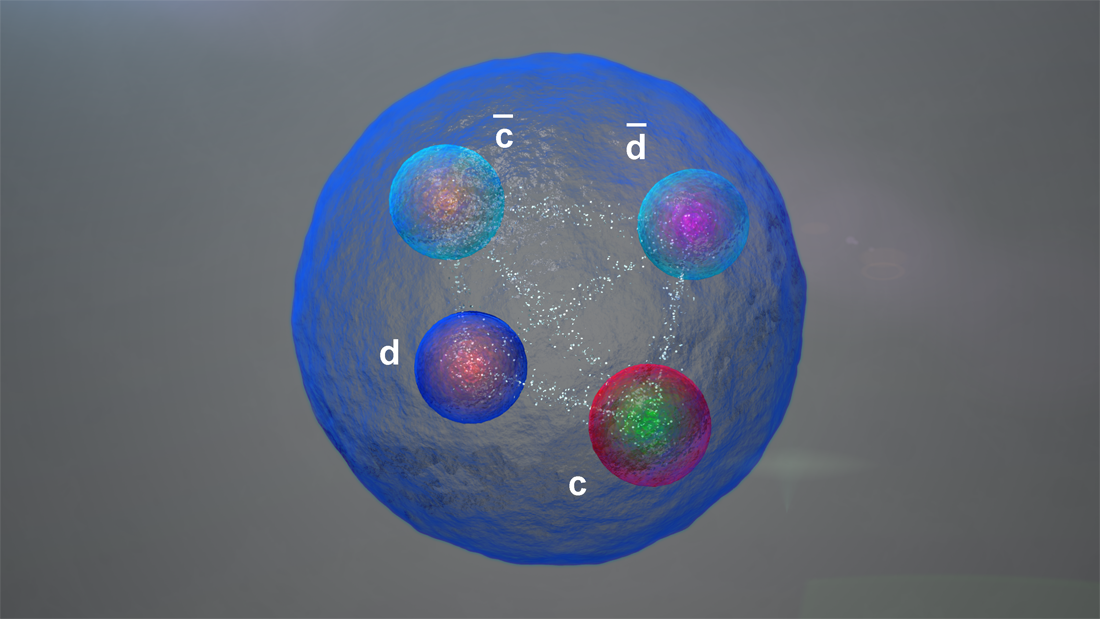
CERN
EMBL: New site in Barcelona
At a ceremony in Barcelona on 10 April 2017, the European Molecular Biology Laboratory (EMBL) and the Spanish government signed an agreement for a new EMBL site to be hosted in the city. EMBL Barcelona will be located on the campus of the Barcelona Biomedical Research Park, and researchers at the site will explore how tissues and organs function and develop, and how preventing failures in those processes may help to tackle disease. Alongside cutting-edge research, the site will house state-of-the-art imaging facilities, making pioneering technologies available to scientists worldwide.
Scientists at EMBL Barcelona will tackle key challenges around human health. Many health issues, such as cancer, diseases of the immune system and birth defects, involve flaws in how cells arrange themselves and interact at the tissue level. Research in tissue biology raises the exciting prospect of being able to make, control and heal tissues and organs – approaches that could provide new means of treating such conditions.
For more information, visit the EMBL news website.
EMBL is Europe’s leading laboratory for basic research in molecular biology, with its headquarters in Heidelberg, Germany.

Ahlgren, Mayer & Swoger / CRG
ESA: Robotic lunar missions to prepare future human exploration
Our understanding of the Moon and its scientific importance has been transformed recently by new missions and new analyses of samples from the Apollo missions that took place between 1963 and 1972. Now the European Space Agency (ESA) is working with Russia to send robotic missions to the lunar surface in preparation for the next phase of human space exploration, which will see humans venture back to the Moon.
The availability of resources on the Moon is fundamental for humans to survive there and will be a focus of the Russian-led robotic missions. Luna-27, the main mission of the ESA-Russia cooperation, will land near the Moon’s South Pole and search for frozen water and other potential resources. If there is enough water, it could become a source of oxygen and hydrogen to support life and provide rocket fuel to take us further into the Solar System.
ESA will provide a precision landing system for the Russian Luna-27 lander and a system to drill the lunar soil, take samples and analyse them to establish their potential as future resources. ESA will also provide communications and navigation support for all the missions using their ground-station network, supporting the landing and operations of both European and Russian scientific instruments.
ESA is Europe’s gateway to space, with its headquarters in Paris, France.
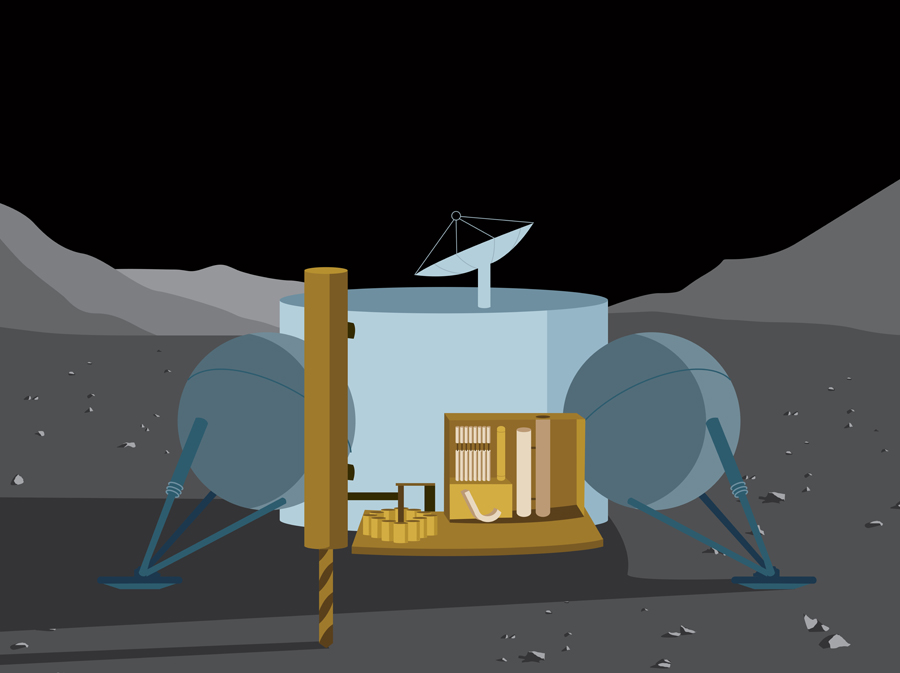
ESA
ESO: The biggest eye on the sky
The European Southern Observatory (ESO) is building the world’s biggest eye on the sky – the Extremely Large Telescope (ELT) – with a gigantic main mirror of 39 metres diameter. The ELT is being built on the Cerro Armazones mountain in the Atacama Desert of Chile, where astronomers benefit from skies that are clear, dry and free of light pollution. Construction work has started on the huge dome, which will enclose the telescope, and contracts are being issued to several industrial partners for the production of sensors and actuators.
The ELT is a truly international project. So far, an Italian firm is responsible for building the dome; German and French companies are manufacturing some of the mirrors that the telescope will use; and institutions from all over Europe are designing the spectrographs and cameras that will help astronomers uncover more about our wonderful Universe.
Visit the ESO website for more information.
ESO is the foremost intergovernmental astronomy organisation in Europe and the world’s most productive ground-based astronomical observatory, with its headquarters in Garching, near Munich in Germany, and its telescopes in Chile.
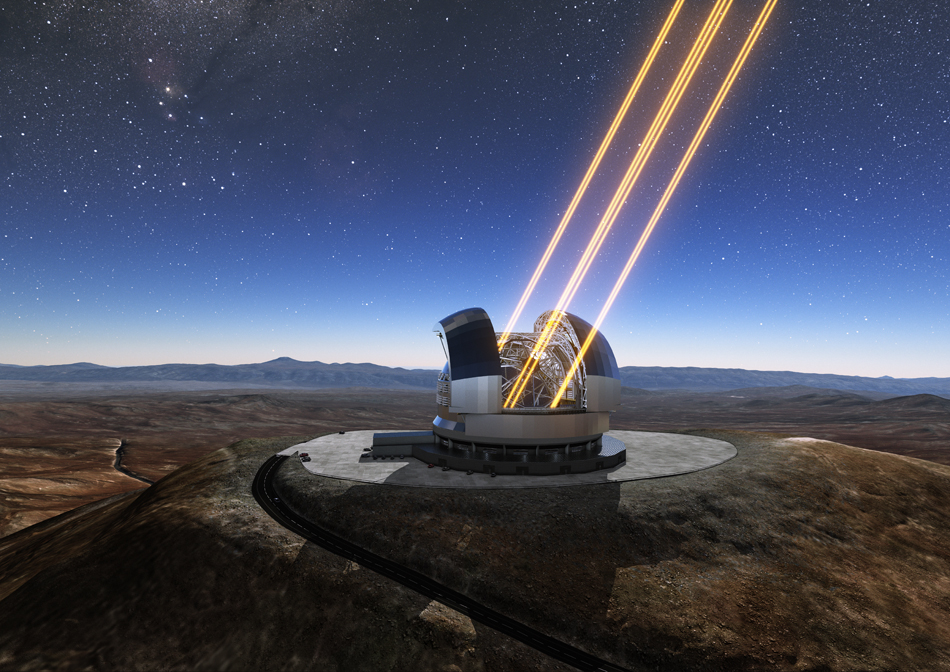
ESO
ESRF: Four new beamlines approved, opening new frontiers in X-ray science
Last June, the European Synchrotron Radiation Facility (ESRF) council gave the green light for the construction and commissioning of four new beamlines between 2018 and 2022. The beamlines, where the X-ray beam from the synchrotron is carried to the experimental end station, are designed to exploit the enhanced performance of the Extremely Brilliant Source (EBS), a project that was launched in 2015 to build a new storage ring in the existing synchrotron tunnel.
The 67th meeting of the ESRF council was held in Lund, Sweden, on 27 June 2017 and brought together representatives from ESRF’s 22 partner nations. The four new beamlines will underpin research addressing the major challenges facing our society, including:
- Defining the next generation of biomaterials and new sustainable materials
- Developing new drugs
- Unravelling the complex mechanisms of living organisms
- Reconstructing historical artefacts and fossils in 3D.
Situated in Grenoble, France, ESRF operates the most powerful synchrotron radiation source in Europe.
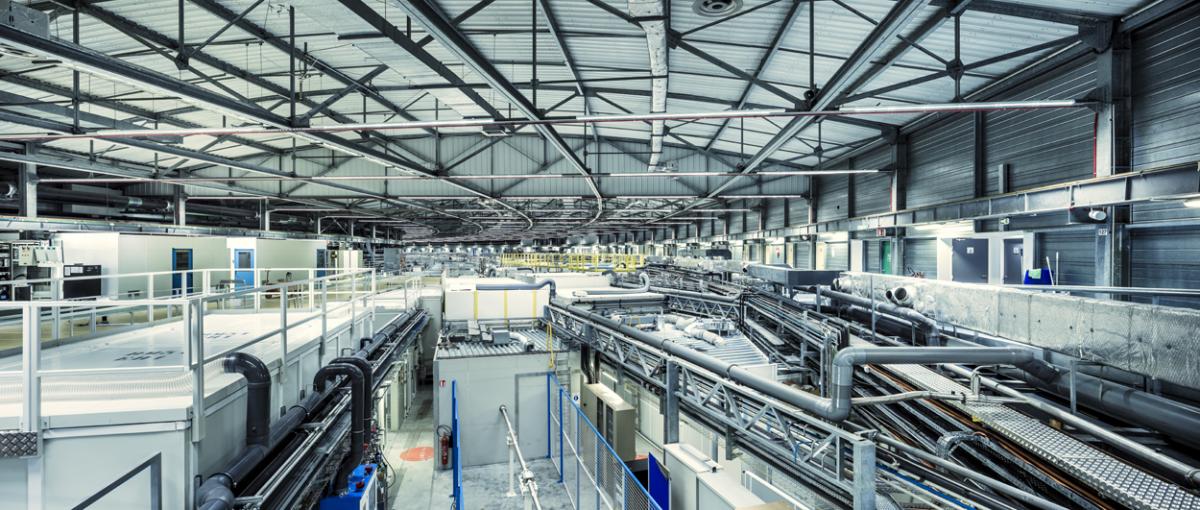
ESRF / S Candé
EUROfusion: Selecting the perfect ashtray for fusion
Did you know that fusion devices such as tokamaks and stellarators have ashtrays? These ashtrays, known as divertors, collect the waste from fusion experiments – helium ash – and are crucial for successful fusion operations.
In fusion experiments, plasma (in which the fusion reaction occurs) reaches 150 million ℃, and deuterium isotopes (‘heavy hydrogen’) fuse to form helium and release energy. But the process causes helium to react with solids and produces helium ash, which can interfere with the experiments. To avoid this, the divertor redirects waste particles out of the plasma with the help of magnetic field lines.
While it sounds simple, a good divertor is actually extremely complex to design and produce, because it needs to operate inside the fusion device at temperatures ten times hotter than the Sun. In 2016, a group of experts from EUROfusion evaluated ten different divertor concepts that could be used in future fusion experiments. After a year-long evaluation process, six concepts from across Europe have been selected. And these, the fusion experts say, is a solid foundation for improving divertor designs in future fusion experiments.
For more information, visit the EUROfusion website.
EUROfusion manages and funds European fusion research activities, with the aim to realise fusion electricity by 2050. The consortium comprises 30 members from 26 European Union countries as well as Switzerland and Ukraine.
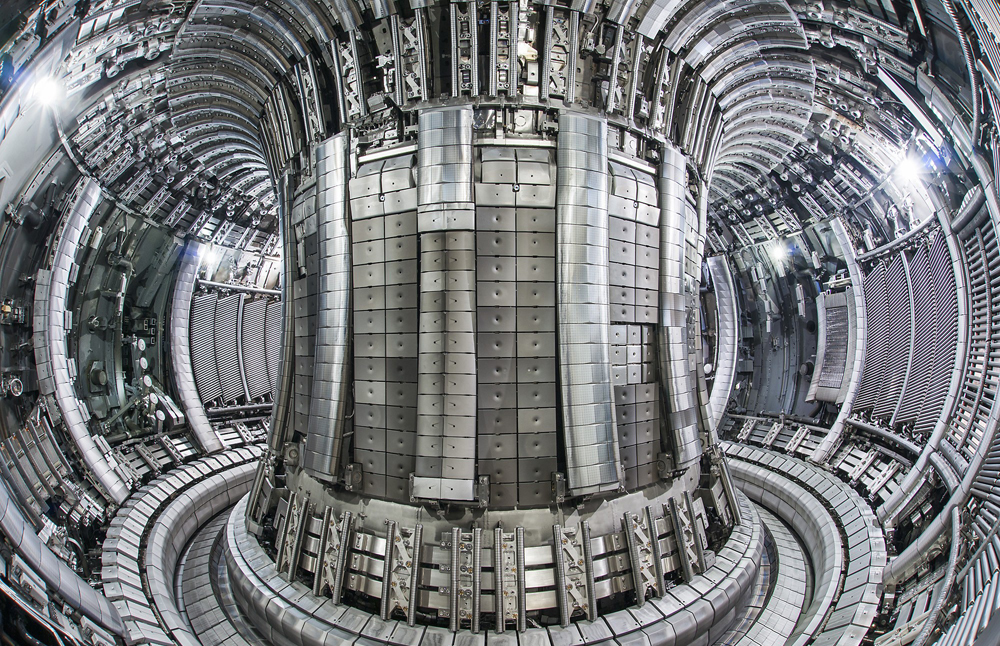
EUROfusion
European XFEL: Operation begins
Over the summer, European XFEL – the world’s biggest X-ray laser – entered its operation phase. The facility, which began commissioning in October 2016, produced its first X-ray light in May and went into official operation in July. After several months of continuing to build infrastructure and install instruments, the X-ray laser is now ready for its first users.
On 1 September, science ministers of the member states joined other guests from politics, the diplomatic corps and academia to officially open the facility. The first instruments available for experiments are the ultrafast chemistry-oriented FXE instrument and the structural biology-oriented SPB/SFX instrument. A panel of international experts selected the first experiments over the summer. The other four instruments at the facility are still under assembly.
European XFEL is a research facility currently under construction in the Hamburg area in Germany. Its extremely intense X-ray flashes will be used by researchers from all over the world.
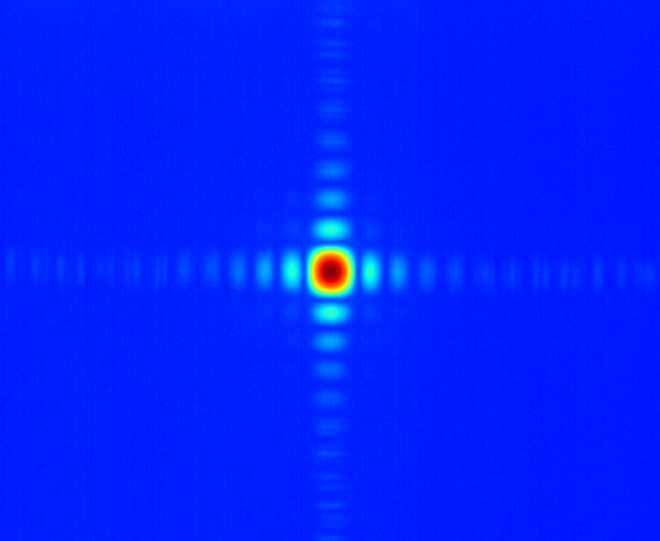
European XFEL
ILL: Neutrons supporting the fight against diabetes
Health is a leading area in which the impact of neutron science and technology has high visibility, with neutrons providing a very effective analytical tool for investigating the properties of matter at both the atomic and molecular scales. The use of neutron scattering methods in medical research at the Institute Laue-Langevin (ILL) has significantly progressed our knowledge of the biological mechanisms underpinning various chronic conditions, including diabetes. Ultimately, this research has the potential to improve both quality of life and life expectancy.
A key consequence of type 2 diabetes is the death of pancreatic insulin b-cells, the cells responsible for producing the hormone insulin, which regulates glucose levels in the body. The production of islet amyloid polypeptide (IAPP), a hormone secreted by b-cells, increases substantially during the development of type 2 diabetes. Small-angle neutron scattering experiments at ILL are enhancing our knowledge of how IAPP works, and recent observations have led to a new hypothesis about the interaction between IAPP and cell membranes. Further investigations into the role of IAPP in type 2 diabetes will help to develop drugs that are better tailored to tackle b-cell depletion in the pancreas.
For more details, read the full press release on the ILL website.
Based in Grenoble, France, ILL is an international research centre at the leading edge of neutron science and technology.
ILL / W. Burat
EIROforum
EIROforum combines the resources, facilities and expertise of its member organisations to support European science in reaching its full potential.
To learn more, see also the list of EIROforum-related articles in Science in School or browse the other EIRO news articles.






